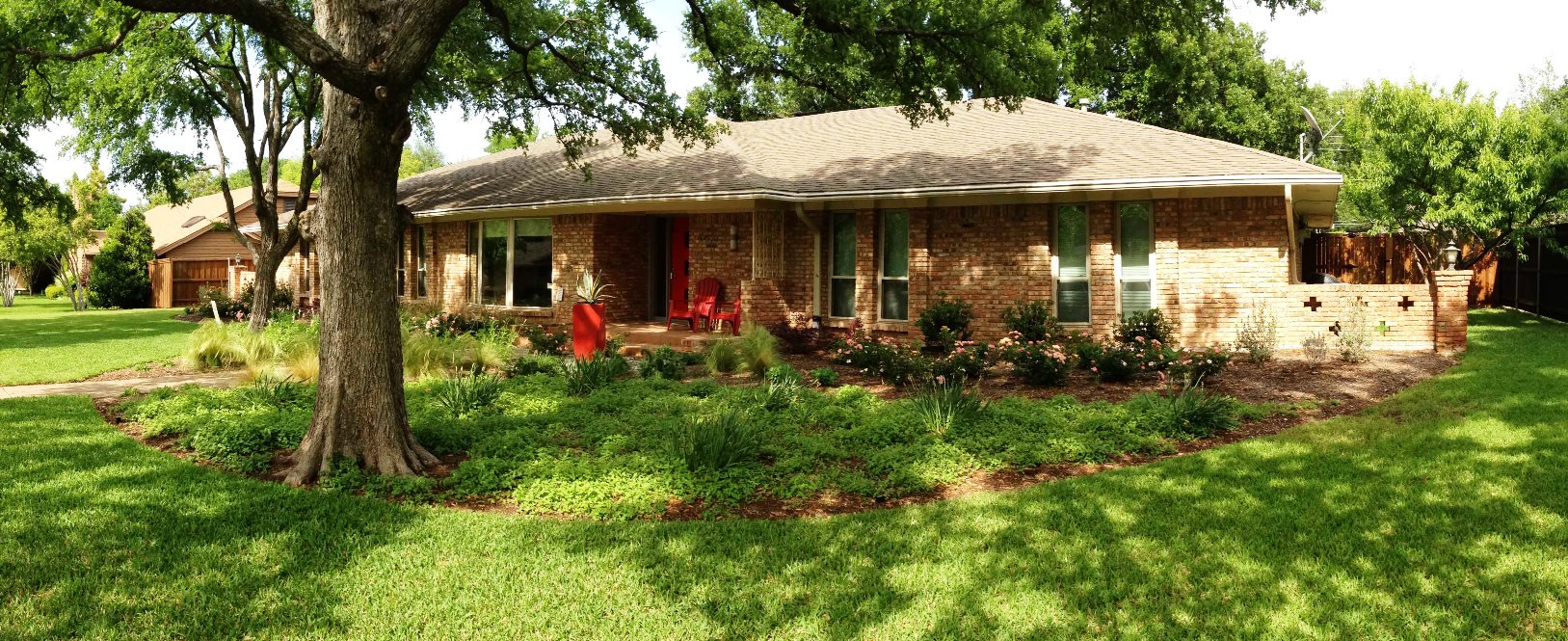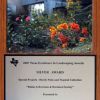Feed and Aerate Your Fall Lawn
August 19, 2013 | By webadmin
A beautiful lush lawn requires care year-round, even in fall and winter. While most people focus on their gardens in spring, it’s actually the fall fertilization that is most important for a healthy lawn. It’s this feeding that keeps your lawn looking great until the first hard frost and helps it recover more quickly from winter temperatures. Fall fertilization also helps your grass produce a dense root system and top growth that is more resistant to fall weed seed germination and competition.

Your fall fertilization should be higher in Nitrogen and Potassium than your summer feeding. This extra boost of nutrients will help your grass better survive winter temperatures. We will typically use a lawn fertilizer with a 3-1-2 ratio of N-P-K to achieve the correct fertilization. Mid-September through early October is the ideal time to put down your fall fertilizer.
Because our soils here in North Texas tend to be heavy clay that can become very compacted, poor drainage and lack of oxygen at the root zone are often a problem for our lawns. Having your lawn aerated when you fertilize can help improve the soil by allowing more oxygen into the soil, improving drainage and stimulating microbial activity. Core aeration involves using specialized equipment to remove small plugs of soil from your lawn. These small plugs are left on the soil surface. Microbes introduced from the plugs help speed the breakdown of grass clippings and can help reduce problems with thatch. The air pockets created in the soil stimulate root growth.
We typically fertilize your warm season lawns three times per year. We recommend that you have your lawn aerated during at least one of these applications annually. Ideally, you’ll want to aerate during both the spring and fall fertilizations. If you need your lawn fertilized, and haven't had it aearated in some time, feel free to give us a call to get on our fall schedule!
